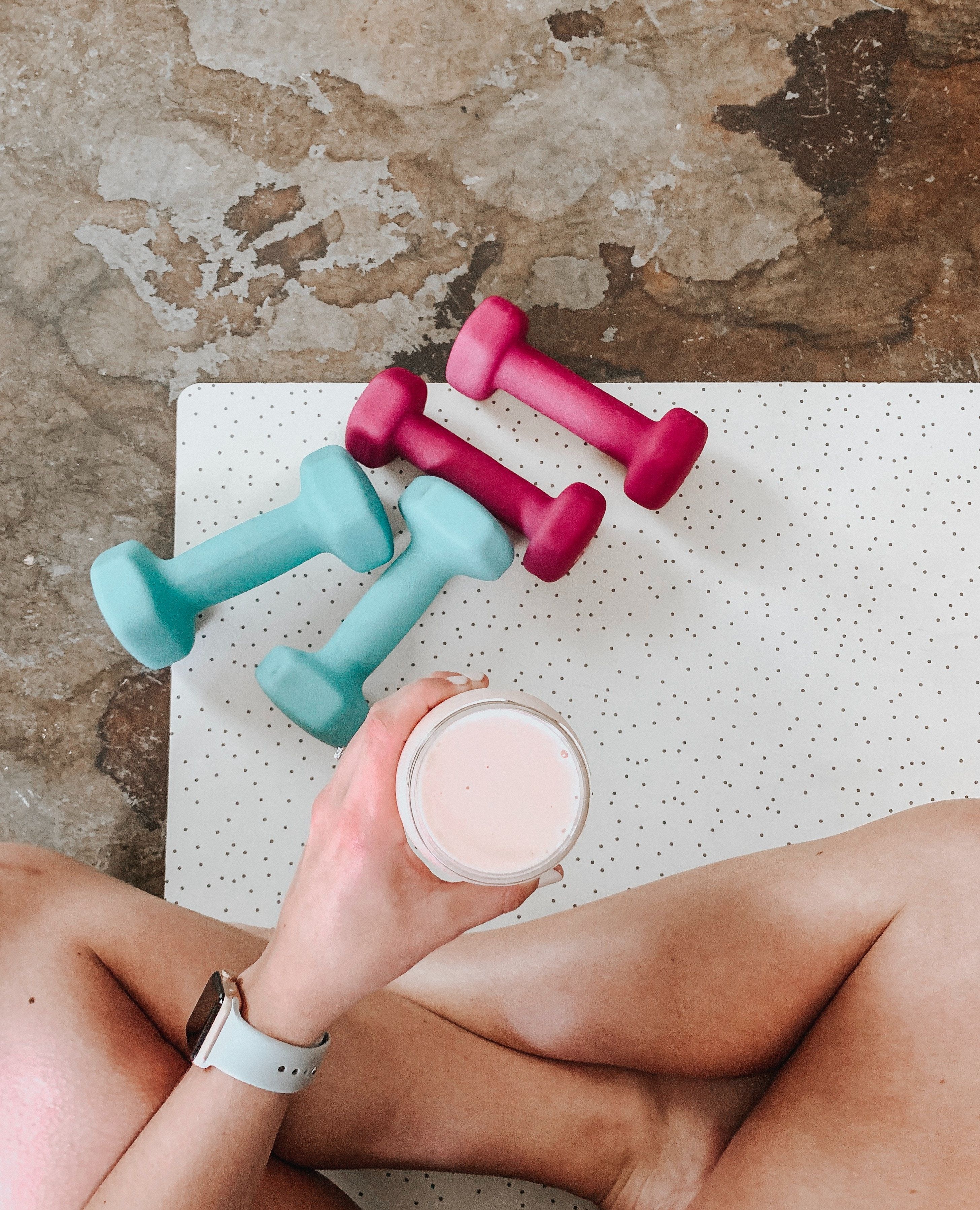Top 9 Workout Recovery Techniques



Recovering properly after your fitness session is key for optimizing your performance, preventing injuries, and promoting muscle growth. Here are some of the best ways to recover effectively:

1. Cool down:
After your workout, spend a few minutes engaging in light aerobic activity, such as walking or slow jogging. This helps to gradually reduce your heart rate and bring your body back to a resting state.
2. Stretching:
Perform static stretches for the major muscle groups you worked during your session. Stretching helps improve flexibility, reduce muscle tension, and prevent tightness.
3. Hydration:
Drink plenty of water before, during, and after your workout to replace lost fluids and prevent dehydration. Water is essential for muscle function and recovery.
4. Proper nutrition:
Consume a balanced meal or snack within an hour after your workout. Include a combination of carbohydrates and protein to replenish glycogen stores, repair muscle tissue, and promote muscle protein synthesis. Examples include a chicken breast with brown rice and vegetables, a protein shake with fruit, or a Greek yogurt with berries.
5. Rest and sleep:
Allow your body enough time to rest and recover between workouts. Aim for 7-9 hours of quality sleep each night to support the healing process, hormone regulation, and overall well-being.
6. Active recovery:
Engage in light activities on your rest days, such as walking, swimming, or gentle yoga. Active recovery promotes blood flow, helps reduce muscle soreness, and aids in the removal of metabolic waste products from your muscles.
7. Foam rolling or massage:
Using a foam roller or getting a massage can help release muscle tension and knots, improve blood circulation, and enhance recovery. Target the areas that feel particularly tight or sore.
8. Contrast therapy:
Alternating between hot and cold treatments, such as ice baths and hot showers, can help reduce inflammation, ease muscle soreness, and improve circulation. Start with 10 minutes of cold therapy followed by 10 minutes of heat, repeating the cycle a few times.
Pay attention to how your body feels. If you're experiencing excessive fatigue, pain, or injury, it's important to rest and give yourself time to recover. Pushing through when your body needs rest can lead to overtraining and setbacks.

Remember, recovery is a personalized process, and what works for one person may not work for another. It's essential to listen to your body and adjust your recovery techniques accordingly. Experiment with different recovery techniques, and find a routine that best suits your body and fitness goals. Additionally, consulting with a fitness professional or physical therapist can provide personalized guidance and recommendations based on your specific needs and goals.

